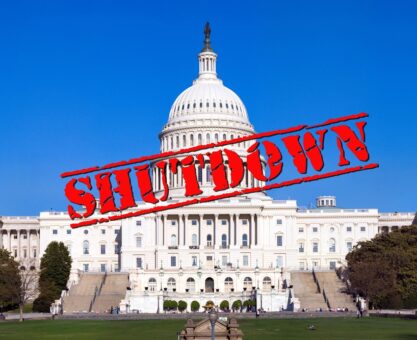The federal workforce is undergoing sweeping reductions, triggering debate over the long-term costs and operational consequences. A new Senate report from the Permanent Subcommittee on Investigations estimates more than 68,000 federal employees are being separated through reductions in force (RIFs), along with 25,000 probationary terminations, 7,000 placed on administrative leave pending RIFs, and 3,000 buyouts worth up to $25,000 each. The Office of Personnel Management (OPM) reports that over 150,000 employees have opted for deferred resignation, remaining on paid leave through September 30, 2025, double the original projection.
The Partnership for Public Service tracks nearly 149,000 job losses as of late July 2025, with the hardest-hit agencies including Treasury (31,000), Agriculture (21,000), Defense (20,000), Health and Human Services (13,000), and USAID (10,000).
The financial impact of the federal workforce cuts is steep. The Senate estimates the total cost of severance, benefits, and administrative overhead at over $21 billion, though this could be reduced if deferred resignation totals decline. Critics like Sen. Richard Blumenthal (D-Conn.) warn the cuts are weakening core federal functions, forcing reliance on contractors, and undermining long-term capacity. The AFGE has described the reductions as a “deliberate dismantling” of government infrastructure. Blumenthal has called for agency inspectors general to investigate the effects, including politically motivated cancellations of contracts and grants.
OPM Director Scott Kupor defends the deferred resignation program as a move toward a leaner, more efficient government, blaming legal red tape for high transition costs. He supports shifting to an at-will employment system. OPM also argues the program allows for “dignified” exits, but watchdog groups warn that the loss of institutional knowledge is already impacting critical services.
New Leave Caps Introduced
To curb the cost of extended paid leave, OPM finalized regulations in late 2024 that limit administrative leave for investigations to 10 workdays annually, with additional 30-day increments up to 90 days permitted with congressional notice. For federal workforce realignment (including deferred resignations), a 12-week cap takes effect in 2026 unless extended by OPM and the Office of Management and Budget. Agencies are now required to justify leave requests and explore alternatives like telework.
Agency Impacts and Broader Effects
At the IRS, a 25% cut (25,000+ employees) is expected to drop customer service levels in the 2026 tax season. The Agriculture Department plans office closures and employee relocations, while the VA anticipates cutting up to 80,000 positions. Some analysts predict that broader economic ripple effects could impact 1.2 million jobs.


























